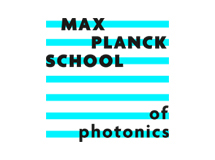
Welcome to the website of the Kanwarpal Singh Research Group
Our group focuses on development of high resolution miniaturized endoscopic devices for applications ranging from gastroenterology to oncology. Until now, the only way to perform histopathological analysis on diseased tissue was to take biopsies from the diseased area. We aim to change this paradigm and perform optical biopsies at the site of the disease where tissue is in its native state. Our endoscopes operate in the visible and near infrared spectral ranges and are based on optical concepts such as confocal microscopy, two photon microscopy and optical coherence tomography. Two main areas that we are currently interested in are studying inflammatory bowel disease and measurement of biomechanical properties of tissue.
Contact
Singh Research Group
MPI for the Science of Light
Staudtstr. 2
D-91058 Erlangen, Germany





